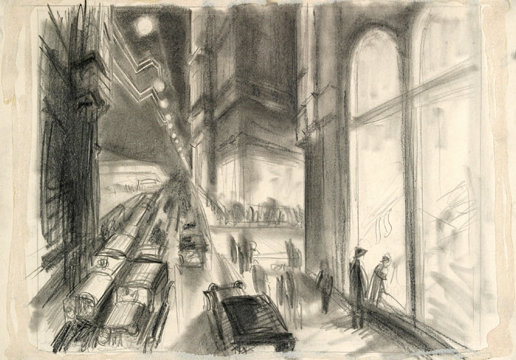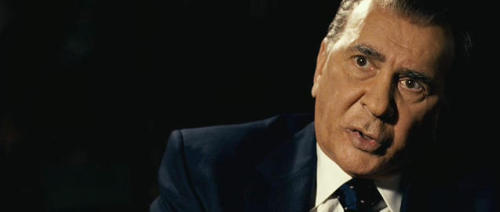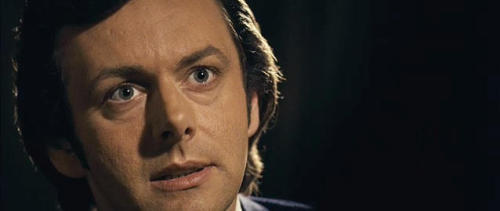Jaime J. Weinman has touched on a topic that fascinates me: trying to pick the movies that will be classics of the future. He has two posts on the topic: one looking at wannabe classics that turn out not to be (here), and one about the process of trying to pick what will hold up later on (here).
This is a topic that interests me a lot; too much, in fact to do it justice right now. But I thought I’d post a couple of quick thoughts in reaction to Weinman’s pieces, since otherwise who knows when I’d get around to it. (For long-time readers, I warn right now that I am going to be repeating all sorts of things I’ve said before that are scattered through the site.)
Weinman has noted the obvious category of movies that don’t age well: Oscar-baiting issues pieces, or middlebrow art films. This is a longstanding observation and complaint and I couldn’t put it better than Pauline Kael who in her landmark 1969 essay “Trash, Art and the Movies” complained about critics praising “ghastly ‘tour-de-force’ performances, movies based on ‘distinguished’ stage successes or prize-winning novels, or movies that are ‘worthwhile,’ that make a ‘contribution’ – ‘serious’ messagy movies.”





